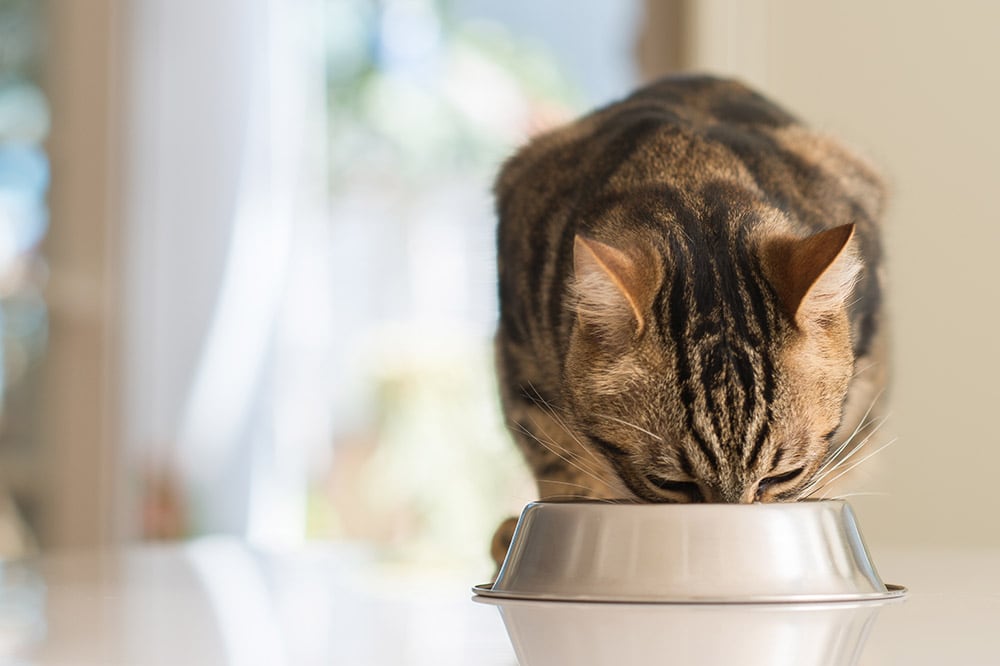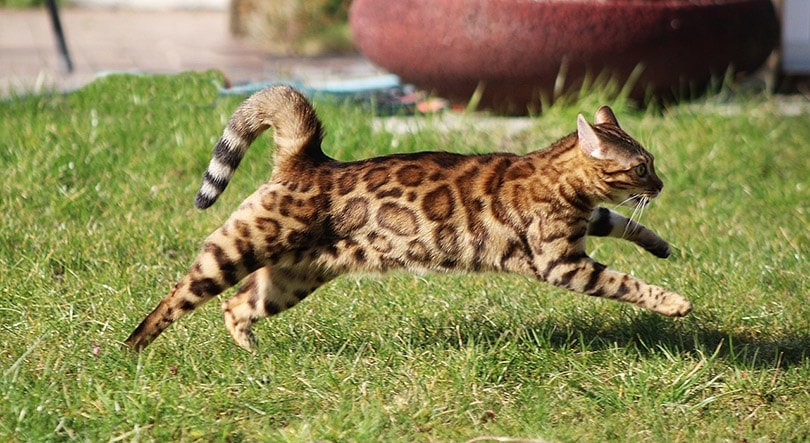Are Akitas Good With Cats? 4 Tips & Signs of Success
Updated on
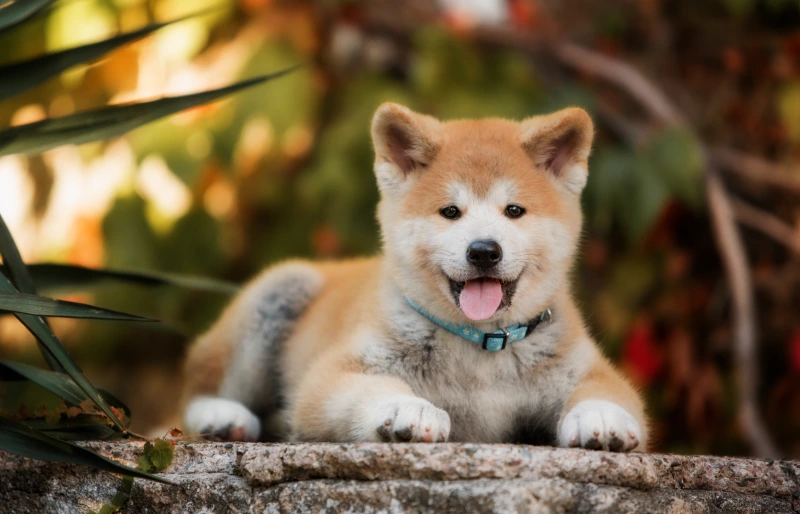
Akitas aren’t known for being very good with cats. They have strong prey drives that can lead to chasing—even if your Akita is usually fine with felines. Akitas can be very unpredictable in this way, with dogs sometimes injuring cats they’ve known for years.
Of course, each dog is an individual. Sometimes, Akitas can get along fine with cats, especially when socialized and trained well from a young age. Akitas that are introduced when they are still puppies tend to get along with cats best.
However, even if your Akita seems to get along fine with cats, they still need to be supervised. Akitas can quickly turn on cats if their hunting instincts kick in, so you should never leave them alone together.
Tips to Help Your Akita Get Along with Cats
1. Get a Puppy
When you adopt a puppy, you have more control over that puppy’s socialization. You can ensure that you have the puppy around cats at an early age—or even already have a cat in the home they can interact with. At this age, the puppy will be too small to harm a full-grown cat and will be at the key socialization age.
This helps a lot when trying to make your Akita get along with other cats.
Furthermore, you should preferably already have an older cat when adopting an Akita. You want the puppy to be too small to injure the cat, which won’t be the case if you adopt a puppy and kitten at the same time. Plus, adopting a kitten after you already have a full-grown Akita is much more challenging.
Alternatively, you can adopt an adult Akita that’s already been socialized with cats. However, these dogs are often harder to find. Plus, you have to rely on the word of another instead of socializing the dog yourself.
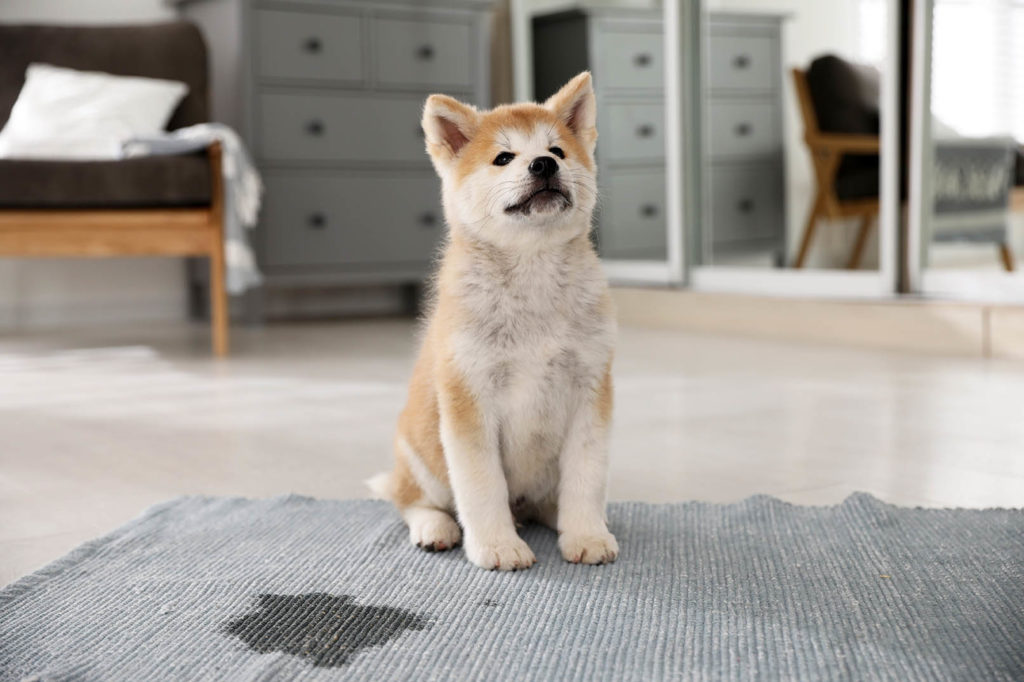
2. Never Leave Them Alone
You should never leave an Akita and cat alone together—even if they seem to get along fine. Akitas have a very strong prey drive, which can lead to them chasing and even killing the cat. Therefore, you should only have them together when directly supervised.
Whenever you leave the home, separate them. Furthermore, you should also remove the cat whenever the feline seems hyper or may trigger the dog’s prey drive.
3. Introduce Them Slowly
You should introduce them together very slowly. You don’t want to scare or overexcite either of them. A bad first impression is hard to repair.
Start by putting the puppy in a room. It’s recommended to restrict the puppy to one room right after adoption, anyway. Give the puppy everything they need in that one room and put a baby gate across the doorway. This allows the cat and dog to see each other, but it prevents the puppy from chasing the cat around.
Of course, many cats can jump over a baby gate. Allow your feline to do this as they please and interact with the dog. However, both animals should be calm and neutral. You know the introduction period is over when each animal more or less ignores the other one.
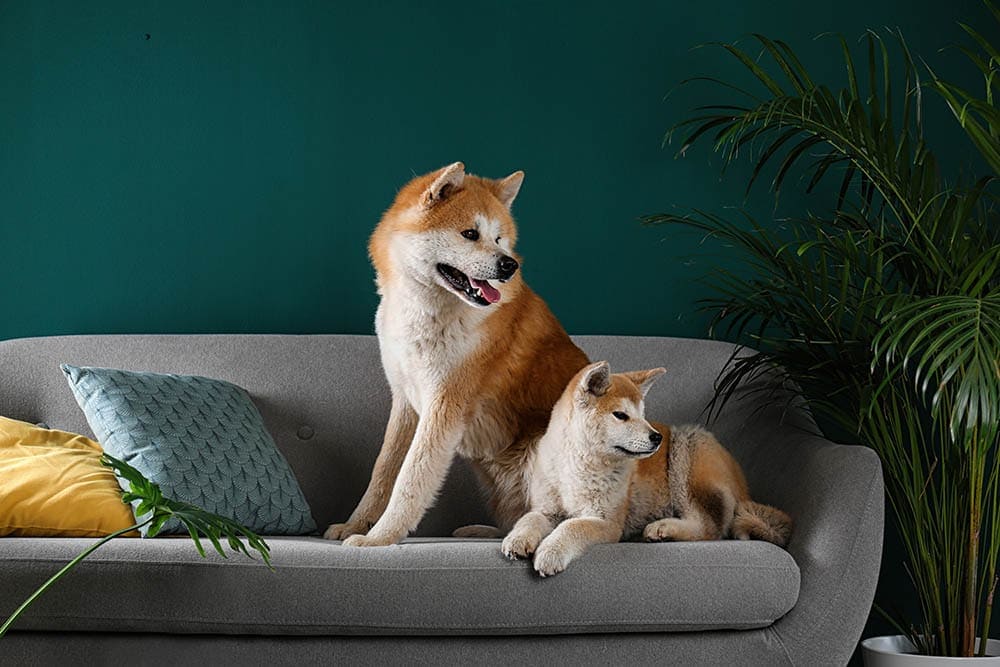
4. Train Your Dog
Even after socialization and a slow introduction, your Akita should still have some basic obedience commands, and you should practice these around the cat. Your dog should know “sit,” “stay,” and “leave it.” All of these can help control their behavior around the cat if things get out of hand.
A dog that chases, barks, or growls at a cat should be removed as quickly as possible. If you notice things escalating (usually when the feline is excited and hyper), remove the dog before things get out of control.
Signs an Akita and Cat Are Getting Along Well
After following these steps, you may be wondering when you can stop the introduction process. There are many signs that your two pets are getting along, which may indicate that you can allow them to wander the house freely when you are home.
The correct response you’re aiming for from both the Akita and the cat is indifference. If two animals ignore each other for the most part, then the odds of an Akitas prey drive being activated are low. You don’t want the Akita fixated on the cat, even if they don’t seem particularly aggressive.
For instance, let’s say your Akita follows your cat around the house with his ears perked up and breathing heavily. While the dog may be giving the cat space now, if the cat starts running or becomes hyper, a chase is likely to ensue. Instead, you want the dog laying around the house, ignoring the cat. Then, even if the cat gets hyper, the dog isn’t paying attention and likely won’t start chasing.
Therefore, you can let your dog and cat interact when neither is obsessively observing the other through the baby gate. This will likely take some time. Then, when you let the dog out, start them out on a leash and ensure they are still pretty much ignoring the cat.
Sometimes, when you change rooms, the dog may start obsessing with the cat again. If this occurs, simply let the dog explore the house a few times when leashed and encourage them not to pay attention to the cat.
Final Thoughts
Akitas aren’t the most docile dogs around cats. They have a very high prey drive, which often leads to them chasing and injuring cats. However, with proper socialization, some Akitas can get along with cats just fine. It requires a lot of patience and a slow introduction, though.
It works best to start out with a puppy and an established cat. Trying to adopt a cat after owning an Akita is harder, especially if the Akita is fully grown. However, the same general steps and tips apply—it may just take longer.
Featured Image Credit: Kseniya Resphoto, Shutterstock



